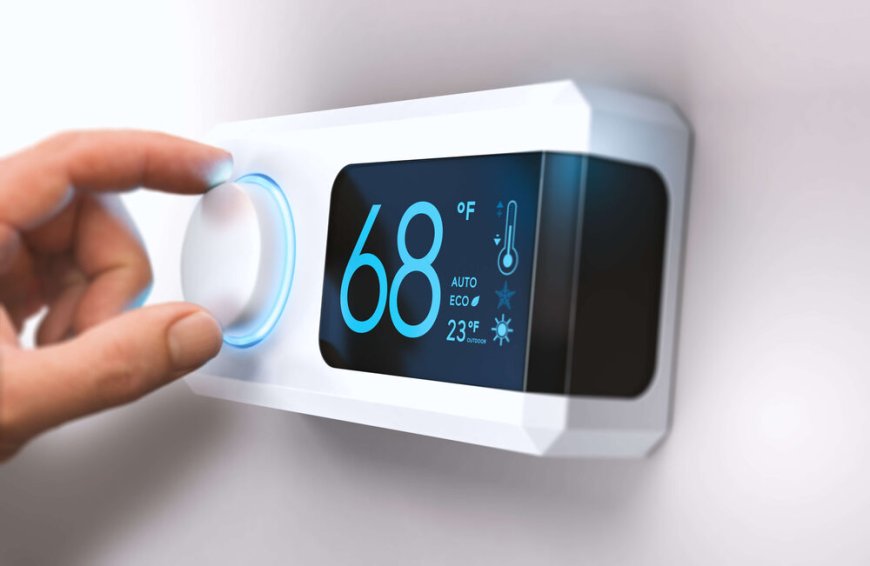Guide to Replacing Thermostat Batteries
Thermostats are crucial for maintaining the desired temperature in your home, ensuring comfort and energy efficiency. Many modern thermostats are battery-operated, and over time,

Thermostats are crucial for maintaining the desired temperature in your home, ensuring comfort and energy efficiency. Many modern thermostats are battery-operated, and over time, these batteries will need to be replaced to keep your thermostat functioning properly. This guide will walk you through the steps to replace your thermostat batteries, ensuring your system remains operational and efficient.
Why Replace Thermostat Batteries?
Thermostat batteries play a critical role in maintaining the settings and functionality of your heating and cooling system. When batteries start to lose their charge, you might experience:
Unresponsive or malfunctioning thermostat
Loss of programmed settings
Inaccurate temperature readings
Replacing the batteries promptly can prevent these issues and maintain the performance of your HVAC system.
Tools and Materials Needed
Prior to starting, assemble the subsequent tools and supplies:
New batteries (check your thermostat model for the specific type)
A screwdriver (if needed to remove the thermostat from the wall)
Step-by-Step Guide
1. Turn Off Your HVAC System
For safety and to prevent any electrical issues, turn off your heating and cooling system. You can do this by switching off the corresponding circuit breaker or by using the system's power switch.
2. Locate the Thermostat
Find your thermostat unit on the wall. Most thermostats are easily accessible and located in a central area of your home.
3. Remove the Thermostat from the Wall
Carefully remove the thermostat from its wall mount. Contingent on the model, this could entail:
- Pulling the thermostat straight out
- Sliding it upwards or downwards
- Unscrewing it with a screwdriver
Consult your thermostat’s manual if you are unsure how to remove it.
4. Open the Battery Compartment
Once the thermostat is off the wall, locate the battery compartment. This is usually on the back of the unit or behind a small panel. Open the compartment by either sliding the cover or unscrewing it, depending on your thermostat model.
5. Remove the Old Batteries
Remove the spent batteries and ensure they are discarded correctly. Note the orientation of the batteries (which way the positive and negative ends face) to ensure you insert the new batteries correctly.
6. Insert the New Batteries
Place the new batteries into the compartment, following the correct orientation. Double-check to make sure they are securely in place.
7. Reattach the Thermostat
Close the battery compartment and reattach the thermostat to the wall mount. Ensure it is securely in place and properly aligned.
8. Turn On Your HVAC System
Switch the power back on to your heating and cooling system. Your thermostat should power up and display its settings.
9. Check the Thermostat
Verify that the thermostat is working correctly. Check the display, programmed settings, and ensure that the HVAC system responds to temperature adjustments.
Tips for Maintaining Your Thermostat
Regular Battery Checks: Check your thermostat batteries every six months and replace them annually or as needed.
Keep Manuals Handy: Store the thermostat manual in an accessible place for quick reference.
Monitor Performance: If you notice any irregularities in your thermostat's performance, check the batteries first.
By following these steps, you can ensure that your thermostat remains in good working condition, providing accurate temperature control and energy efficiency in your home. Regular maintenance, including timely battery replacement, is key to the longevity and effectiveness of your HVAC system.
visit: tukar tambah ac

 arisblog
arisblog 










